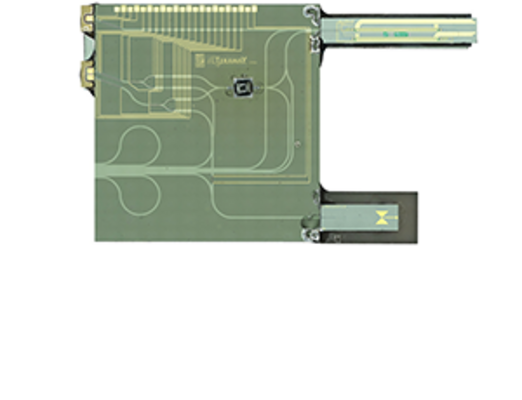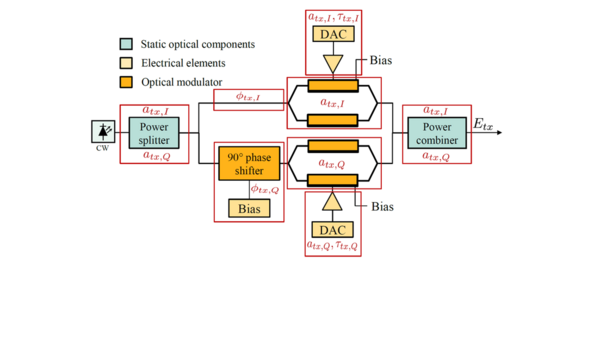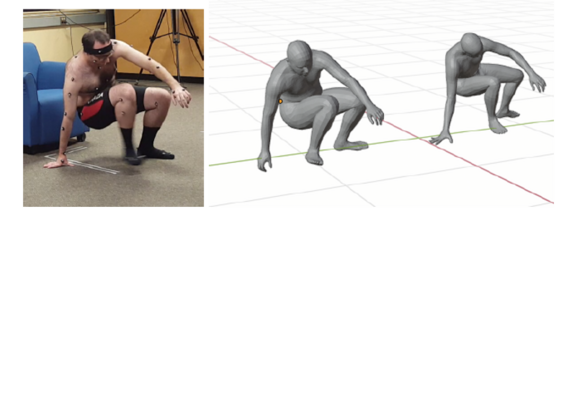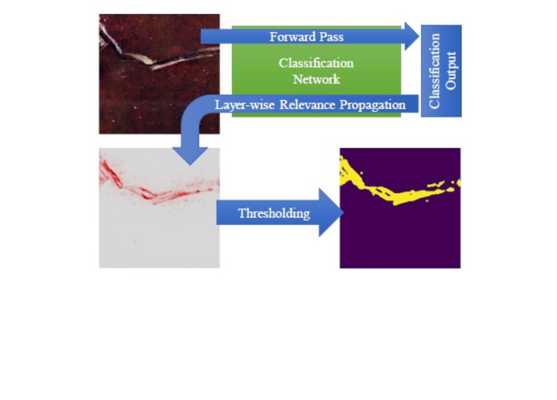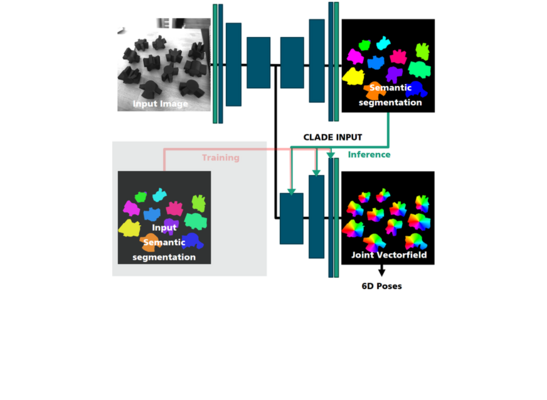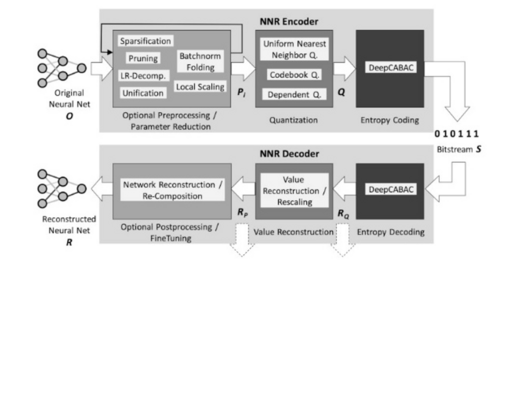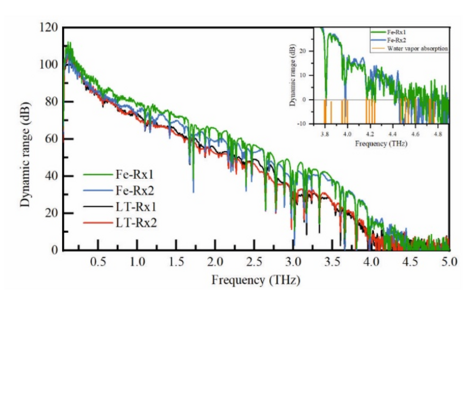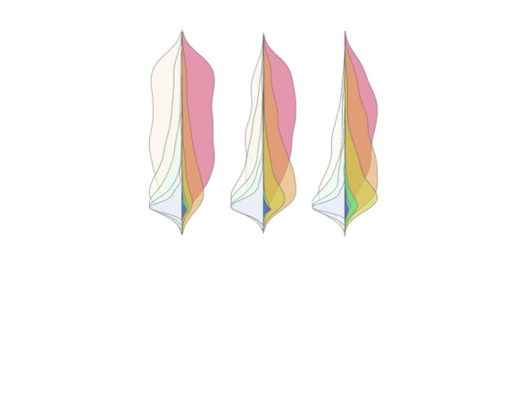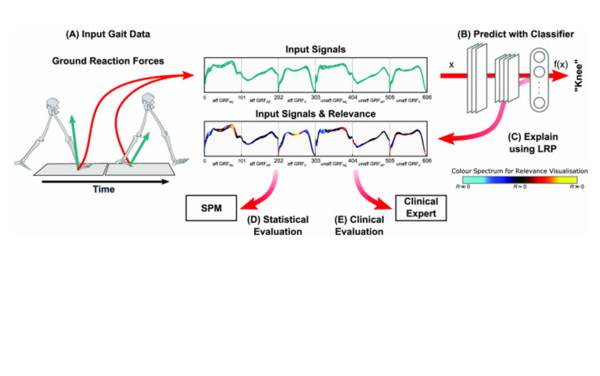Hybrid Polymer THz Receiver PIC with Waveguide Integrated Photoconductive Antenna: Concept and 1st Characterization Results
An all-photonic THz-receiver PIC comprising an on-chip frequency stabilization scheme and a novel InP-based photoconductive antenna is presented in this paper. Characterization of the key photonic building blocks shows the functionality of the...
Characterization, Monitoring, and Mitigation of Standard C-Band Transceivers I/Q Imbalance in Multiband Systems
To keep up with the rapid growth in global traffic, next-generation optical communication networks aim to vastly increase capacity by exploiting a larger optical transmission window covering the S-C-L-band. To reuse current commercially available...
Imposing Temporal Consistency on Deep Monocular Body Shape and Pose Estimation
We present a solution for Accurate and temporally consistent modeling of human performances from video sequences. In detail, we derive parameters of a sequence of body models, representing shape and motion of a person, including jaw poses, facial...
From Explanations to Segmentation: Using Explainable AI for Image Segmentation
The new era of image segmentation leveraging the power of Deep Neural Nets (DNNs) comes with a price tag: to train a neural network for pixel-wise segmentation, a large amount of training samples has to be manually labeled on pixel-precision. In...
Combining Local and Global Pose Estimation for Precise Tracking of Similar Objects
We present a multi-object 6D detection and tracking pipeline for potentially similar and non-textured objects. The combination of a convolutional neural network for object classification and rough pose estimation with a local pose refinement and...
Overview of the Neural Network Compression and Representation (NNR) Standard
Neural Network Coding and Representation (NNR) is the first international standard for efficient compression of neural networks. The NNR standard contains quantization and an arithmetic coding scheme as core encoding and decoding technologies, as...
Automated Damage Inspection of Power Transmission Towers from UAV Images
This paper adresses the problem of structural damage detection in transmission towers, addressing these two common challenges: (i) the lack of freely available training data and the difficulty to collect it; (ii) fuzzy boundaries of what...
Continuous wave terahertz receivers with 4.5 THz bandwidth and 112 dB dynamic range
We present photomixers made of InGaAs:Fe as broadband receivers in optoelectronic cw THz systems. The improved resistivity and carrier lifetime of InGaAs:Fe enable us to measure a bandwidth of 4.5 THz with a peak dynamic range of 112 dB. When...
ML-assisted QoT estimation: a dataset collection and data visualization for dataset quality evaluation
We present a publicly available dataset collection to open the problem of data-driven QoT estimation to the ML community. The dataset collection allows comparing various solutions presented by different research groups. Furthermore, we propose...
Explaining Machine Learning Models for Clinical Gait Analysis
This article investigates the usefulness of Explainable Artificial Intelligence (XAI) methods to increase transparency in automated clinical gait classification based on time series. For this purpose, predictions of state-of-the-art...
